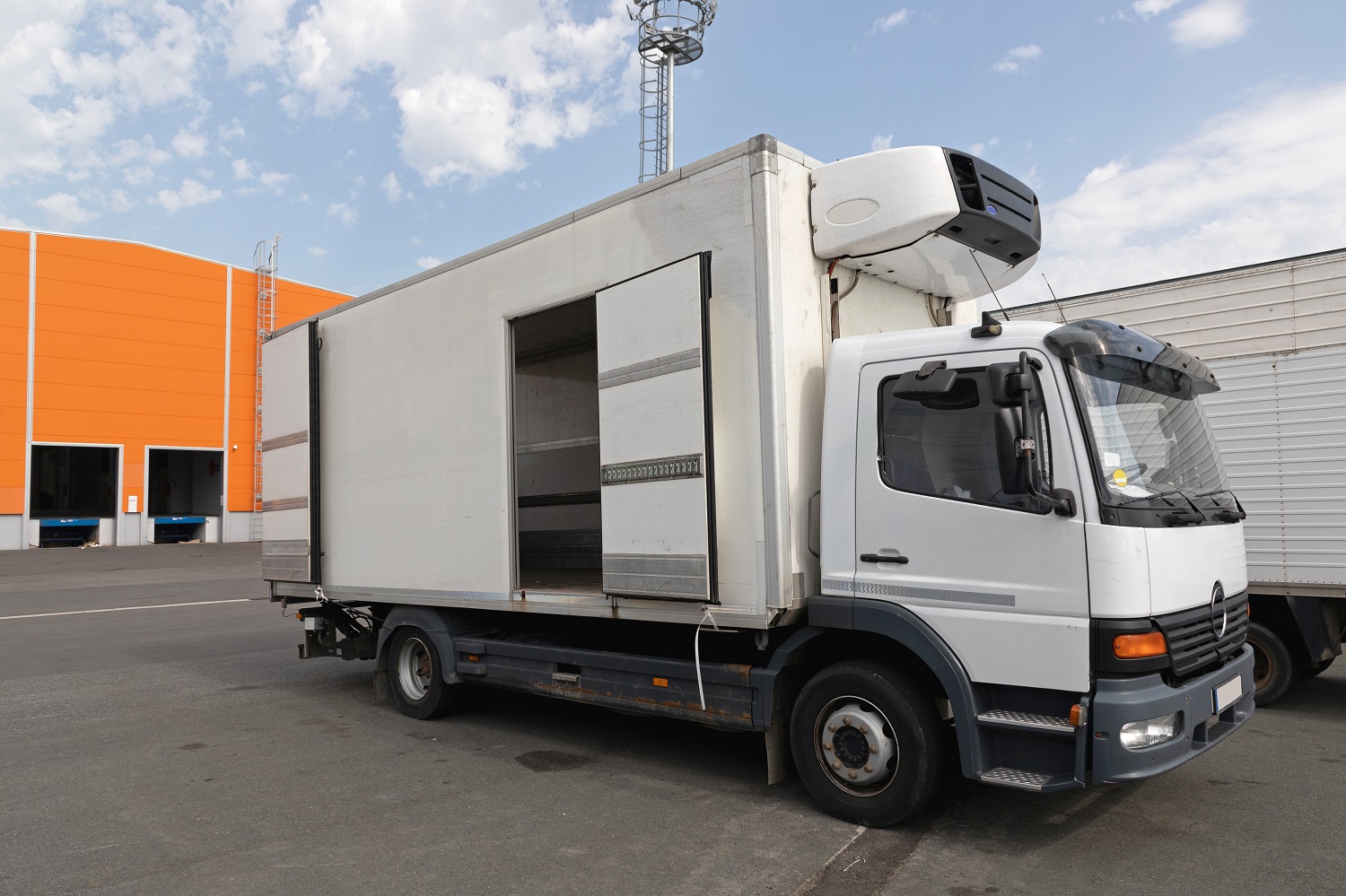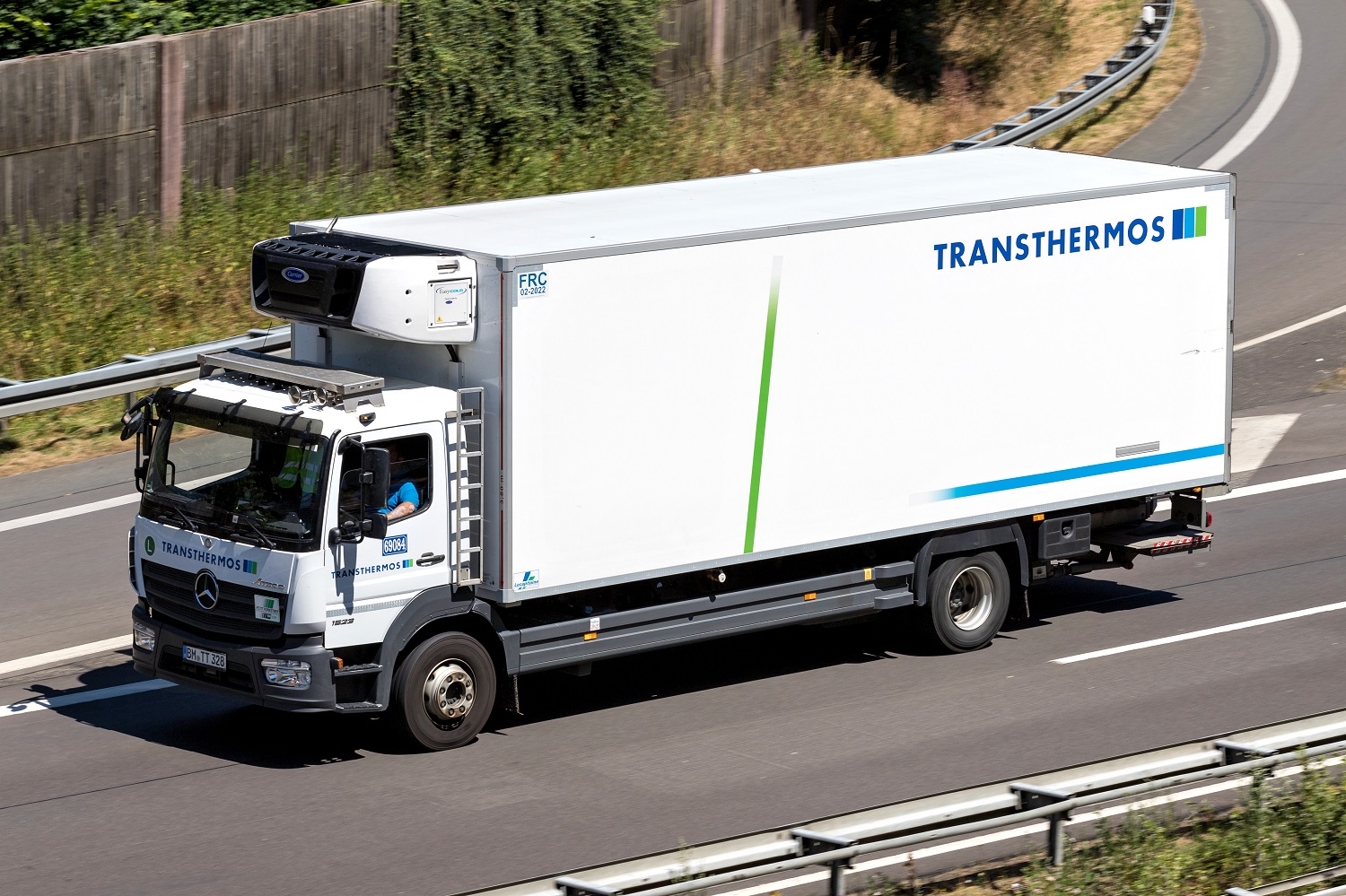What is Temperature Controlled Shipping?
In simple terms, temperature-controlled shipping is the transportation of goods that are sensitive to changes in temperature. Some examples of these goods are plants, meats, chocolate, medicine, etc. These goods rely on a certain level of heat or coolness to remain fresh and useful.
Temperature-controlled shipping and trucking describe keeping the products in their best state while moving them from the manufacturer to the wholesaler or retailer.

Under normal circumstances, shipping companies have rules and regulations for transporting goods. However, when it comes to moving temperature-controlled goods, there’s a whole new set of laws. Many agencies have strict stipulations on how certain products must be transported.
It’s the logistics company’s job to ensure that the goods and services are transported safely. However, it’s also the client’s responsibility to make the shippers understand what is needed to achieve a safe delivery.
Temperature-controlled shipping and trucking may seem complex, especially if you’re handling perishables for the first time. But as long as you have an effective plan, you can safely ship your goods. Today, we’re going to share all the steps you need to transport your temperature-controlled goods without a hitch. Let’s begin!
How to Ship Your Temperature-Controlled Goods
Hiring a reefer truck may seem like the easy thing to do when there’s a need to move temperature-sensitive freight. However, there is more to the process of temperature shipping.
Identify your cargo needs
It’s very likely that not all the goods you’re shipping will need temperature-controlled shipping and trucking. Certain cargo will do just fine in any condition.
You must separate the perishable goods from the rest of the shipments. This way, you’ll be able to take stock of them and figure out exactly what temperature is needed and what procedure to follow.
Capacity

Refrigerated trucks or reefer trucks have much less space than other types of shipping vehicles. The reason for this is because of the temperature needs of the goods they carry. Refrigerated trucks carry products that require colder temperatures to remain fresh.
As such, the walls of the cargo area are insulated to help keep the temperature stable. The insulation takes up a fair amount of space, so you need to account for that before placing your goods.
And, just in case you were wondering, there are heated trucks too. Some goods also need humidity to keep them fresh, especially when transported to colder areas.
Route planning
Before your goods go anywhere, you’ll need to plan a route for your vehicle to follow. Temperature-controlled shipping and trucking require reefer trucks or heated trucks and a route designed for the specific needs of that batch of goods.
You must take into consideration things like traffic, rush hour, weather, and other circumstances. Though most of these things are all variables, you can plan for them all the same.
Then, if you don’t need to take action against them, that’s fine. But if you do need to take action, then you’ll be prepared.
Some reliable logistics companies already have the routes, times and areas all marked out. Equipment like refrigerated and heated trucking are all set up for you. Here at All Freight Shipping, we offer temperature-controlled shipping to the following locations:
- Vancouver to Toronto
- Montreal to Toronto
- Calgary to Toronto
- Edmonton to Toronto
- New York To Toronto
- California to Toronto
- Dallas to Toronto
- Chicago to Toronto
- New Jersey to Toronto
Understand the laws behind temperature-controlled shipping and trucking

Canadian laws on temperature-controlled shipping and trucking aren’t too different from laws in several other countries. Some of these laws are contained in the Food and Drugs Act.
Even if you’re not the person doing the actual shipping, as long as you’re part of the “cold chain”, you need to understand the rules and regulations governing the process. Reading these documents and webpages can sometimes help you plan and take preventative action.
Packaging
It is crucial to consider the packaging of temperature-controlled freight and cargo. Appropriately packing the cargo for maximum preservation helps to ease the job of shipping and trucking. If the packaging can help maintain the average temperatures necessary, you should make every effort to package their goods to help keep the cargo cool.
Conversely, if the goods are not adequately packaged, they might spoil along the journey even if they’re transported through refrigerated or heated trucking. So, it’s a win-win, either way!
Follow all instructions
All of the above advice might be useless if you don’t give clear instructions on managing temperature-sensitive cargo. You have to tell the logistics company and the truckers themselves what is acceptable and what is not. For instance, a slight dip in temperature can turn a whole batch of medicine useless.
Though many logistics services in Canada offer refrigerated and heated trucking services, they need instructions on how best to handle delicate products. This point is only relevant if you’re shipping something extremely fragile and sensitive to temperature. Most foods are heat sensitive but don’t need to be handled delicately.
A trustworthy logistics company

For larger shipments or goods that require precise temperatures, we recommend that you hire a reliable logistics company. This company should have the necessary equipment to deal with such goods.
Examples of such equipment include refrigerated trucking, heated trucking, and even temperature-controlled docks if cross-docking becomes a necessity within or outside Canada. All of this is necessary to keep cargo cool or hot, as the case may be.
While you can ship goods without a logistics company, you may not be able to do it as conveniently. Never rush when choosing a carrier for your products and ask as many questions as you need. At an excellent logistics company, they will have experienced staff that can walk you through the process.
Conclusion
There are a lot of different elements and variables to consider when handling temperature-controlled shipping and trucking. However, the difficulty decreases drastically with the right logistics partner and meticulous planning. If you can transport your goods safely without any strain or risk, won’t you?
Let All Freight Shipping handle your trucking and Shipping needs. With our strict adherence to procedure, experience and resources, we offer effective freight delivery every time. Contact us for first-class temperature-controlled trucking services today.

